Bon is one of the pre-buddhist religions of Tibet and has its own importance. This is the first volume of Bon Studies Series. In this book, the renowned scholars of Bon Studies have made efforts to present the importance of Bon Mandalas. It contains 132 Mandalas with their names and descriptions in Tibetan as well as in Romanized Tibetan. Originally, these Mandalas were painted in accordance with the ritual text explaining the theory and practice of Mandala. The title of the text of each Mandala is given in the book as per given in the Bonpo Kangyur and Tengyur. The Tibetan introduction is written by Lopon Tenzin Namdak, who is a head of Tritan Norbutse Bonpo Monastery, Nepal. The Mandalas in this book are preserved in National Museum of Ethnology, Osaka, Japan in the name of “Tritan Norbutse Collectionâ€. It is hoped that Bon Studies Series will become the source material to accelerate further studies on this ancient religion of Tibet, which has not received the due attention of the scholars and academicians of the world so far.
ABOUT THE AUTHOR Musashi Tachikawa
Musashi Tachikawa is professor at the National Museum of Ethnology in Osaka, Japan, (Ph.D., Harvard University (1975); D. Litt., Nagoya University (1970-92). His publications include the Structure of the World of Udayana's Realism (Reidel, 1980), Fiver Hundred Buddhist Deities (Adroit, 2000), Three Hundred Sixty Buddhist Deities (Adro, 2001).
ABOUT THE AUTHOR Tenzin Namdak
Tenzin Namdak born in Tibet in 1926. He studied and practiced Bon religion in Yundrungling and Menri monasteries in central Tibet until 1960 when he was forced to move to Nepal. He obtained his Geshe degree in 1953. In 1961, he was invited to London to collaborate Professor D. Snellgrove in his Bon studies for three years. He returned to India to establish a Bonpo settlement in collaboration with Rev. Sangyay Tenjin, and then, founded another Bonpo monastery and educational center, Tritan Norbutse, in Kathmandu. He is now a most senior and established teacher of the Bon religion. It should also be noted that he compiled Tibetan-Zang Zung Dictionary, which made a firm basis of linguistic studies of Zhangzhung.
ABOUT THE AUTHOR Yasuhiko Nagano
Yashuhiko Nagano born in 1946 in Saitama, Japan. He studied French linguistics at the Tokyo University of Foreign Studies and continued his study at the Graduate School, University of Tokyo until he was nominated as a fellow of the Tibetan Seminar at the Toyo Bunko (Oriental Library). He left there in 1977 when he joined the Ph.D. program in linguistics at the University of California, Berkeley. In 1983 he obtained his doctoral degree. His major research is Tibeto-Burman historical linguistics, with special focus on Tibetan and Gyalrong. His main publications are: A Historical Study of the rGyarong Verb System, A Morphological Index of Classical Tibetan, New Horizons in Tibeto-Burman Morphosyntax, and Time, Language and Cognition. He is a professor of linguistics at the National Museum of Ethnology, Osaka, and has been leading an international project on Bon studies, in partnership with Dr. Samten G. Karmay of CNRS, Paris.


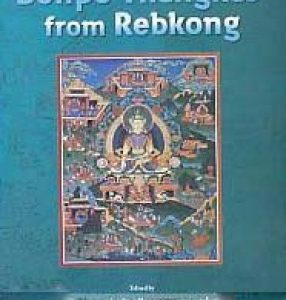
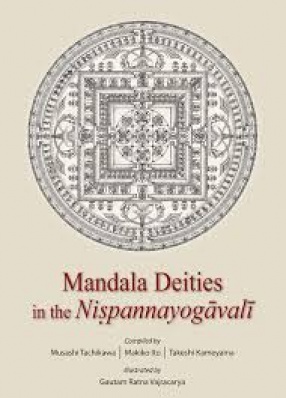
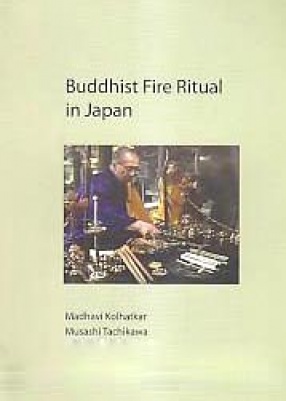
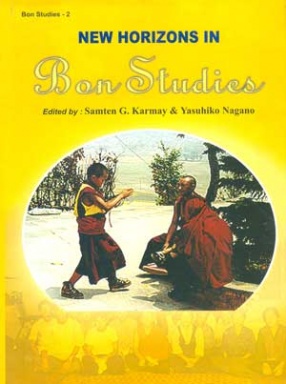
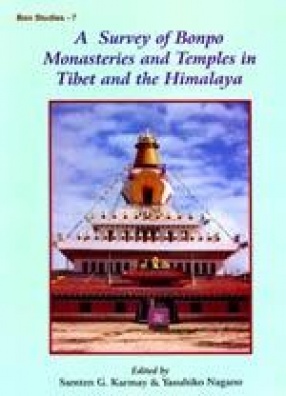
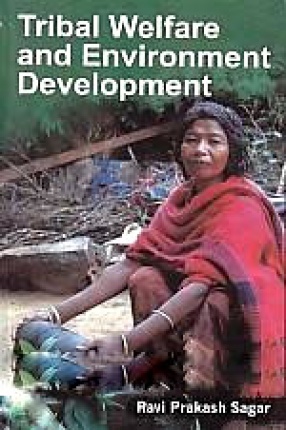
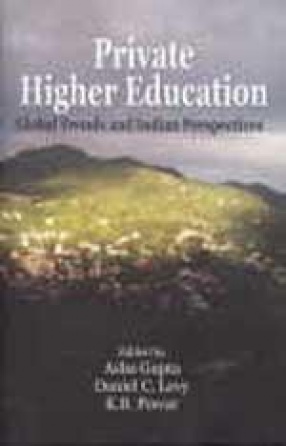
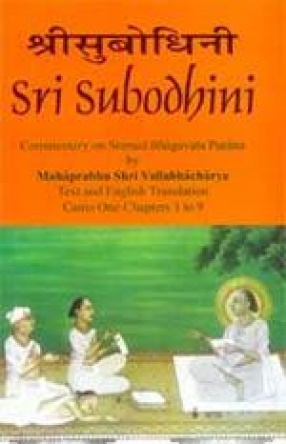
There are no reviews yet.